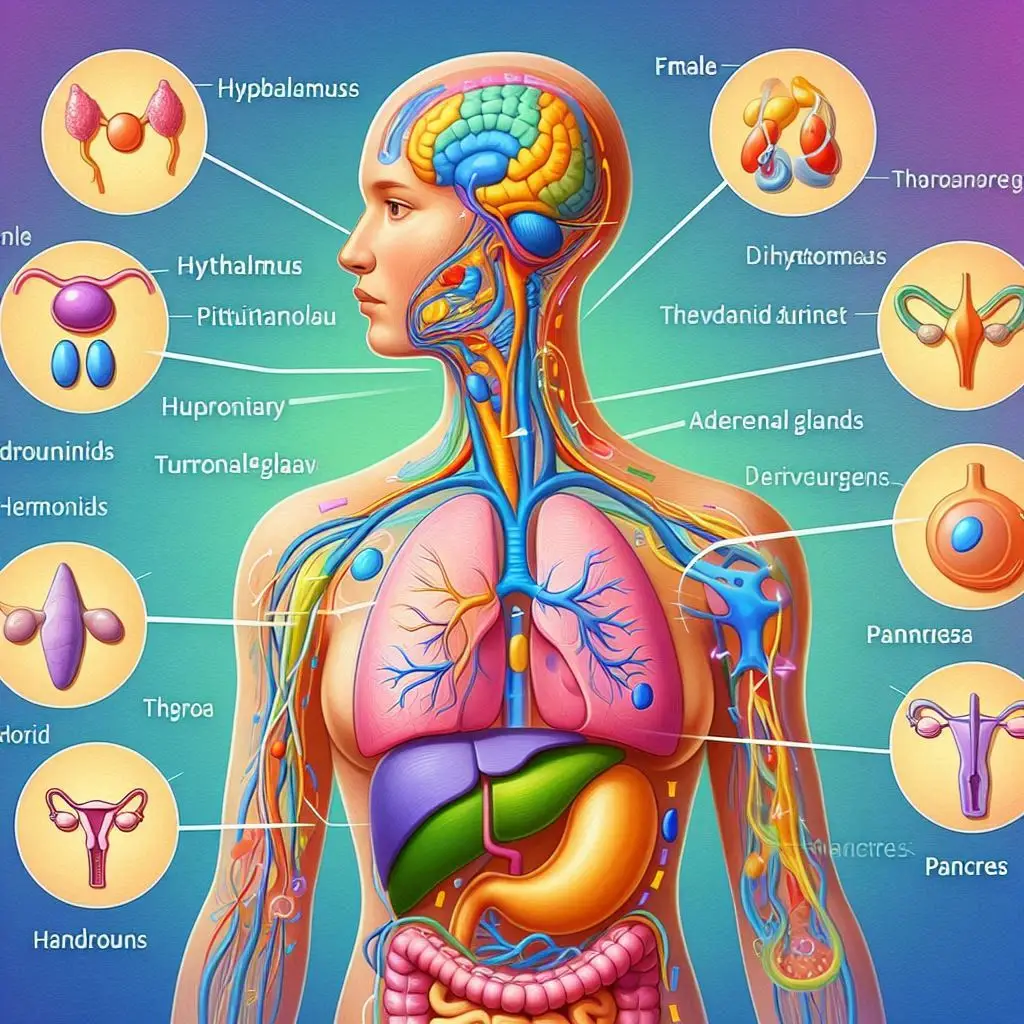Cellular level of pharmacodynamics and pharmacokinetics

Introduction
Pharmacodynamics and pharmacokinetics are essential branches of pharmacology. They explore how drugs affect the body and how the body processes drugs. Understanding these processes at the cellular level is crucial for developing effective treatments. This article delves into these concepts, highlighting their significance in drug therapy.
What is Pharmacodynamics?
Pharmacodynamics examines the biochemical and physiological effects of drugs. It focuses on how drugs interact with cellular receptors and the resulting effects on the body. Key aspects include:
- Drug-Receptor Interactions: Drugs bind to specific receptors on cells, triggering responses. This interaction is often modeled using the law of mass action.
- Dose-Response Relationship: This relationship describes how the effect of a drug changes with its concentration. Understanding this helps in determining the right dosage for efficacy.
- Mechanisms of Action: Different drugs work through various mechanisms. Some may inhibit enzymes, while others might block receptors.
Key Terms in Pharmacodynamics
- Agonist: A substance that activates a receptor to produce a biological response.
- Antagonist: A substance that blocks or dampens a biological response by binding to a receptor without activating it.
- Efficacy: The ability of a drug to produce a desired effect.
What is Pharmacokinetics?
Pharmacokinetics focuses on the journey of drugs through the body. It involves four main stages, often summarized as ADME:
- Absorption: How a drug enters the bloodstream after administration.
- Distribution: The dispersion of drugs throughout the body fluids and tissues.
- Metabolism: The biochemical modification of drugs, primarily in the liver.
- Excretion: The removal of drugs from the body, mainly through urine or feces.
Importance of Pharmacokinetics
Understanding pharmacokinetics helps in:
- Dosing Regimens: Determining how often and how much of a drug should be administered.
- Predicting Drug Interactions: Knowing how one drug affects the metabolism of another can prevent adverse effects.
- Personalized Medicine: Individual variations in drug metabolism can lead to different responses, emphasizing the need for tailored treatments.
Cellular Level Interactions
At the cellular level, both pharmacodynamics and pharmacokinetics play crucial roles. The interaction between drugs and cells determines therapeutic outcomes.
Cellular Pharmacodynamics
- Receptor Binding: Drugs must bind to specific receptors to exert their effects. The affinity and efficacy of the drug-receptor interaction are critical.
- Signal Transduction: Once a drug binds to its receptor, it initiates a cascade of cellular events. This process can alter gene expression, enzyme activity, and cell function.
- Intracellular Effects: The effects of drugs can vary based on their concentration within cells. Some drugs may show higher efficacy inside cells than outside.
Cellular Pharmacokinetics
- Membrane Transport: Drugs must cross cell membranes to reach their targets. This process can involve passive diffusion or active transport mechanisms.
- Intracellular Accumulation: The concentration of a drug inside a cell can differ from its extracellular concentration. Factors influencing this include the drug’s physicochemical properties and the presence of transport proteins.
- Metabolism and Excretion: Cells can metabolize drugs, affecting their activity. Understanding how drugs are processed at the cellular level is vital for predicting their effects. May Refer: NIH Article
Factors Influencing Drug Action
Several factors can influence the pharmacodynamics and pharmacokinetics of drugs at the cellular level:
- pH Levels: The acidity or alkalinity of the environment can affect drug solubility and absorption.
- Cell Membrane Composition: The lipid bilayer’s properties can influence drug permeability.
- Genetic Variability: Individual genetic differences can lead to variations in drug metabolism and response.
- Drug Formulation: The way a drug is formulated can impact its absorption and distribution.
Clinical Implications
Understanding cellular pharmacodynamics and pharmacokinetics is crucial for clinical practice. It allows healthcare providers to:
- Optimize Drug Therapy: By considering how drugs behave at the cellular level, practitioners can tailor treatments for better outcomes.
- Manage Side Effects: Knowledge of drug interactions and metabolism can help mitigate adverse effects.
- Develop New Therapies: Insights into cellular mechanisms can guide the development of innovative drugs.
Conclusion
Cellular pharmacodynamics and pharmacokinetics are fundamental to understanding drug action and efficacy. By exploring these processes, researchers and clinicians can improve therapeutic strategies and patient outcomes. As science advances, the integration of these concepts will continue to enhance our approach to medicine.
For more pearls of Vets Wisdom:




Responses